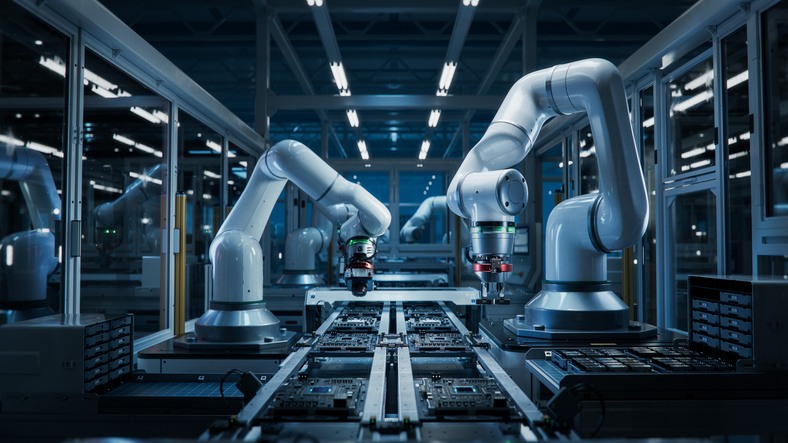🚀 Ready to benefit from strategic reuse?

Classification value proposition – part 1
In today’s rapidly evolving global markets, high-value product innovations are often swiftly replicated by competitors worldwide.
Manufacturers across various industries strive to accelerate their rate of innovation, but many face significant challenges:
🚫 Unnecessary duplication and wasted effort – at every stage of the product lifecycle
🌐 Difficulties in establishing and integrating resilient supply-chain networks of global suppliers and strategic partners, which must be agile, adaptable, and capable of adjusting practices and data management strategies
📜 Struggles to meet regulatory requirements and keep up with changes
Organizations that successfully overcome these challenges are more likely to manage data effectively, gain a competitive edge, and build stronger relationships with regulators and customers
Insights from Aberdeen Group study
A study of various industry segments for business processes has shown:
🕒 80% reduction in design time for new product designs that heavily rely on reuse
🔄 30-40% of manufacturers’ parts are duplicates or have acceptable substitutes
💲 The annual carrying cost for each new part ranges from $4,500 to $23,000
📊 A part reuse strategy, including classification with advanced search tools, significantly reduces part redundancy
The need for classification
Organizations often resist change, but a robust reuse system, driven from the top, maximizes the reuse of a company’s product data—standard parts, technology data, designs, processes, manufacturing equipment, etc. Increased reuse results in immediate benefits and eliminates redundant processes.
✅ Tried and tested components and designs have predictable quality
🔄 Redundant processes such as quality testing and establishing new supply chains are minimized
📉 Reduced inventory and elimination of duplicates cut down recurring costs associated with carrying excess inventory
📦 Higher volumes with existing supply chains result in better costs
🚀 Fosters product innovation and faster time to market
A sound reuse strategy
Organizations need to optimize every component and process across their product portfolio. A robust reuse strategy distinguishes between simple reuse and a common platform approach.
Implementing this strategy requires careful planning, investment in classification technologies, and a commitment to changing traditional business practices.
Approach 1: standardization and reuse at the component level
- Standardization helps reduce costs with off-the-shelf standard components available in volumes.
- Benefits are constrained at the lower design process level.
Approach 2: design for standardization
- Proactively build around common platforms, reusing sub-systems and systems, not just individual components.
- Greater benefits with reuse at a higher level in the overall design process.
A good reuse strategy leveraging both approaches significantly impacts the customer’s bottom line.
In summary
Recent geopolitical turmoil has highlighted the importance of:
🔄 Optimizing reuse with existing designs and reducing inventory
🌐 Establishing diverse and resilient supply chains
🔁 Driving down costs through a circular economy
Classification is essential for establishing a healthy and resilient business amidst present risks and volatility.
📖 Complete guide to PLM
Simplify product lifecycle management – innovate faster, collaborate better and cut costs
No matter how you choose to deploy Teamcenter,
you get the same proven solutions designed to help you innovate faster.



